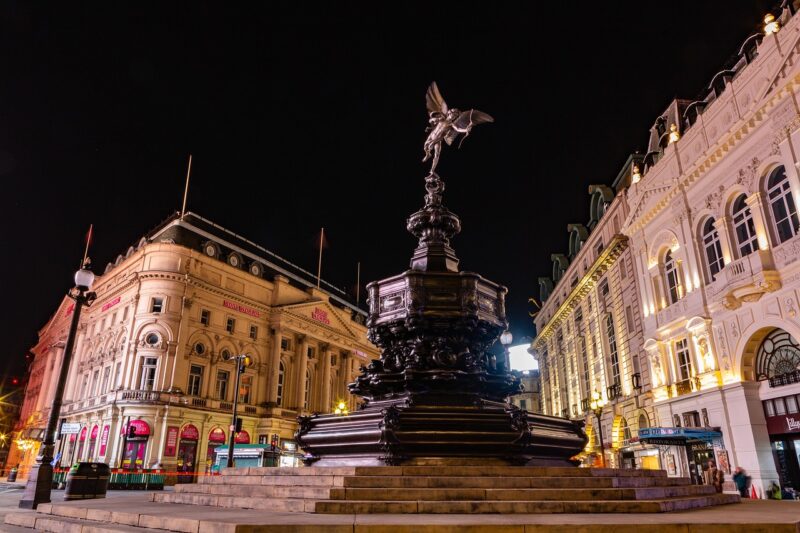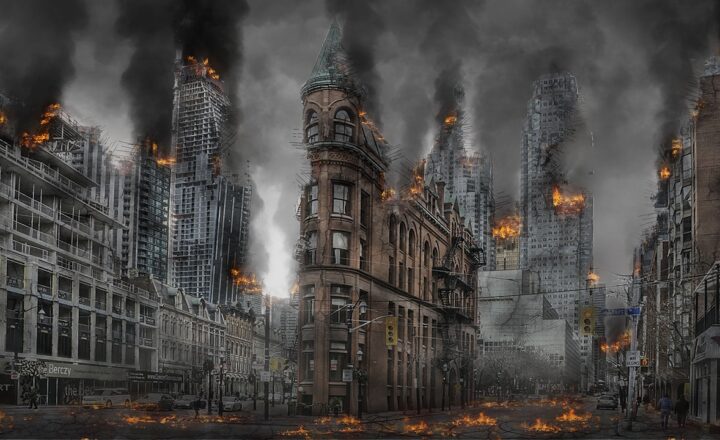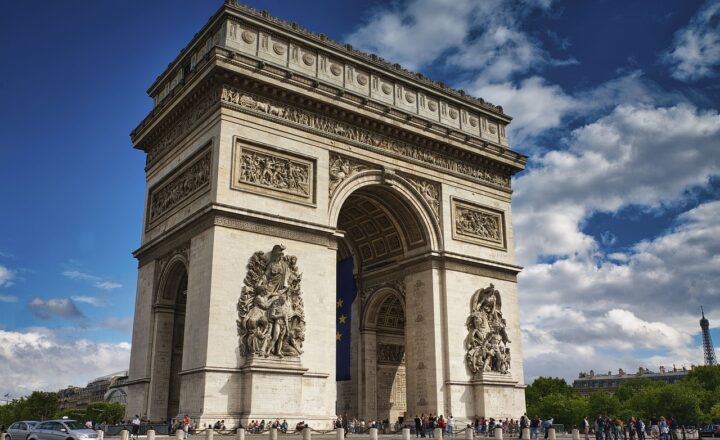How the World’s Most Famous Landmarks Were Built Against All Odds
November 16, 2024

Throughout history, some of the most iconic and recognizable landmarks on the planet have been built under extraordinary circumstances, often facing significant challenges ranging from geographical barriers to wars, political strife, and financial constraints. These historical feats of engineering and architecture tell tales of resilience, ingenuity, and a relentless human spirit that rises to every occasion.
1. The Great Wall of China: A Monument to Perseverance
The Great Wall of China is not just a singular wall but rather a series of fortifications built over several dynasties, spanning approximately 13,171 miles across northern China. Its construction began as early as the 7th century BC and continued up to the 16th century.
Challenges Faced:
- Geographical Obstacles: The construction traversed rugged terrains, deserts, mountains, and valleys, which made easy transportation of materials difficult.
- Labor Issues: The workforce primarily consisted of soldiers, peasants, and prisoners, many of whom faced harsh working conditions. It is estimated that hundreds of thousands of workers died during its construction, leading to the saying, “The Great Wall is the longest cemetery in the world.”
- Political Instability: Ongoing wars and invasions from nomadic tribes hindered construction efforts. Funds were often redirected to military needs, causing delays.
Despite these hardships, the Great Wall symbolizes the incredible determination of the Chinese people and remains one of the most remarkable engineering achievements in history.
2. The Colosseum: Engineering Marvel of the Roman Empire
Built from AD 70-80, the Colosseum in Rome was designed to host gladiatorial contests and public spectacles such as mock sea battles, animal hunts, and executions. However, its construction faced various challenges that could have derailed its completion.
Challenges Faced:
- Resource Limitations: The Flavian emperors required vast quantities of concrete, marble, and stone, sourced at great expense and effort. The availability of these materials fluctuated due to supply shortages caused by expansionist policies and wars.
- Earthquake Damage: The Colosseum has suffered extensive damage from several earthquakes, one of which in the 14th century caused significant portions to collapse. Restoration efforts were hindered due to financial limitations and political instability in Rome.
- Administrative Challenges: Coordinating the labor of thousands of workers and slaves, ensuring their safety amid dangerous conditions, and addressing complaints from the populace posed continuous hurdles.
The Colosseum stands as a testament not only to Roman engineering but also to the extraordinary ability to overcome immense obstacles.
3. The Taj Mahal: Love in the Face of Adversity
Commissioned by Mughal Emperor Shah Jahan in memory of his beloved wife Mumtaz Mahal, the Taj Mahal is a stunning example of Islamic architecture and has faced significant challenges throughout its construction from 1632 to 1648.
Challenges Faced:
- Financial Strain: The construction of the Taj Mahal drained the imperial treasury, especially as Shah Jahan’s rule faced numerous military conflicts and rivalry among local rulers for power.
- Labor Management: Employing thousands of artisans, stonemasons, and laborers from diverse backgrounds posed logistical challenges. Ensuring that the artists maintained the vision and artistry demanded was crucial and not always achieved without conflicts.
- Material Transportation: The white marble used in the structure was transported from a quarry over 250 miles away, requiring detailed planning to avoid tax and toll barriers set by local rulers.
Even with such hurdles, the Taj Mahal remains synonymous with love and artistic beauty, captivating visitors worldwide.
4. The Eiffel Tower: A Symbol of Innovation Amidst Skepticism
Constructed for the 1889 Exposition Universelle (World’s Fair) held in Paris, the Eiffel Tower was initially met with criticism and opposition from prominent artists and intellectuals of its time, who derided it as an eyesore. However, its construction faced additional hurdles.
Challenges Faced:
- Engineering Challenges: Designed by Gustave Eiffel, the tower’s innovative iron framework faced skepticism over structural integrity. Engineers initially questioned if the tower could withstand wind forces and maintain stability. Extensive calculations, models, and tests were required to convince detractors.
- Public Opposition: As construction progressed, public outcry regarding its aesthetic and functional value grew, threatening funding and support for the project.
- Safety Regulations: Ensuring safety during the construction of such a tall structure involved complex scaffolding systems and risk assessments, which were relatively new concepts at the time.
Today, the Eiffel Tower stands as a symbol of Parisian culture, overcoming doubt and becoming one of the most beloved landmarks worldwide.
5. Machu Picchu: The Lost City of the Incas
Nestled high in the Andes Mountains of Peru, Machu Picchu is an extraordinary archaeological site that showcases the Incan civilization’s architectural prowess. However, its construction and preservation faced steep challenges.
Challenges Faced:
- Geographical Limitations: The rugged terrain presented difficulties in the transportation of heavy stones. Workers had to carve paths through the mountainside to access the site.
- Political Upheaval: The Spanish conquest led to significant disruptions. Much of Incan culture and architectural knowledge was lost during the colonization, jeopardizing the preservation of their structures.
- Natural Elements: Erosion and landslides over centuries threaten the integrity of the site. The remote location also makes it difficult to restore and maintain the structures.
Nevertheless, Machu Picchu has become a UNESCO World Heritage Site and a lasting reminder of human ingenuity and resilience against overwhelming obstacles.
Conclusion: The Essence of Human Resilience
These landmarks are more than just iconic structures; they represent the human spirit’s incredible resilience. From the Great Wall of China to the Taj Mahal, the challenges faced during their constructions resonate with each victory. They stand tall, telling stories of determination, effort, and triumph against all odds.
As we marvel at these grand creations, let us remember the lengths to which our ancestors went to make their visions a reality, inspiring generations to come.







